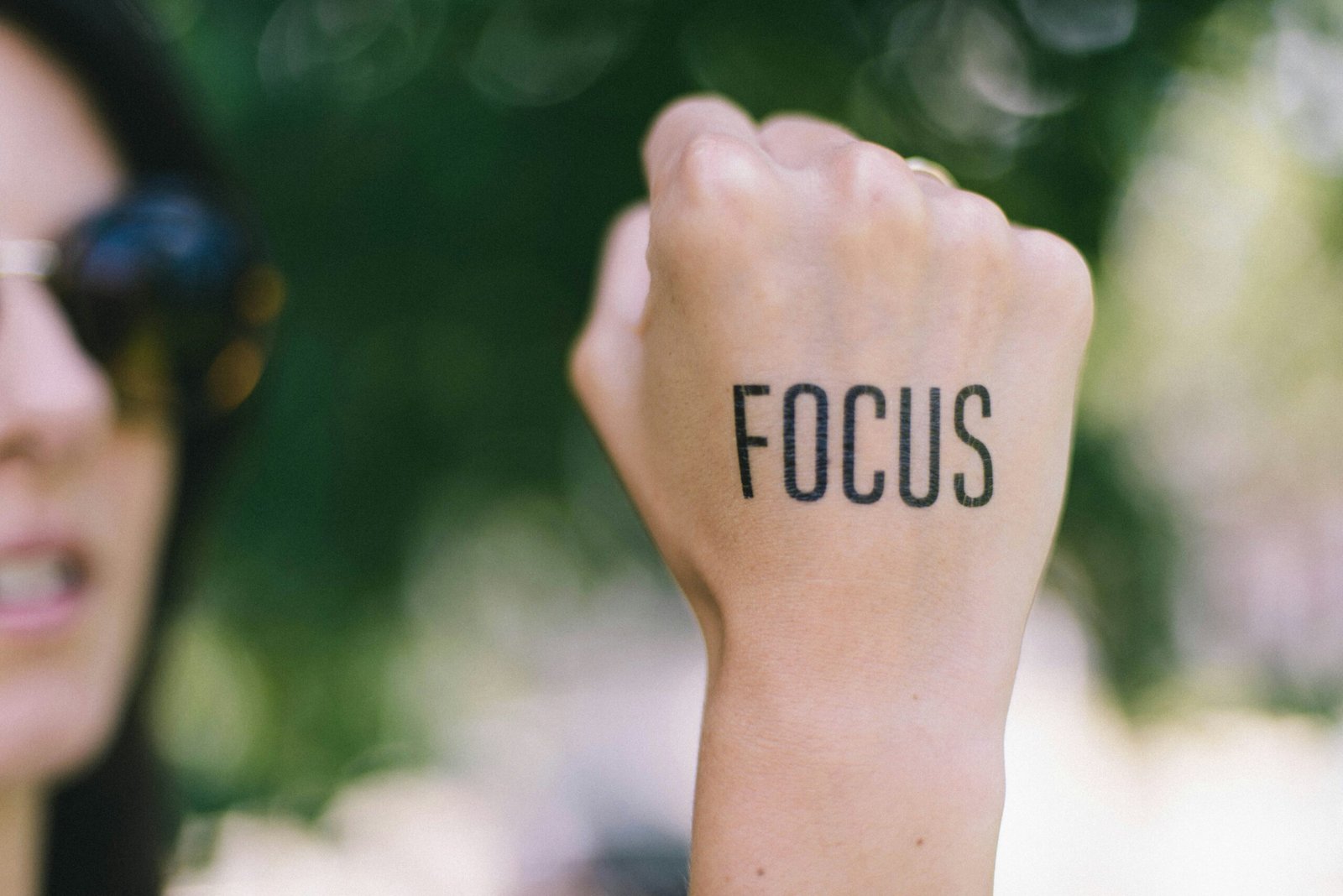Troubleshooting DSLR Camera Focus Issues: Tips and Solutions

Common Causes of DSLR Camera Focus Issues
DSLR camera focus issues can stem from a variety of sources, both technical and environmental. Understanding these causes is crucial for diagnosing and resolving focus-related problems effectively. One of the primary technical factors is the camera’s autofocus settings. Incorrect settings, such as selecting the wrong autofocus mode or using a single-point AF when a dynamic or continuous AF mode would be more appropriate, can lead to focus inaccuracies. It’s essential to familiarize oneself with the different autofocus options available on the DSLR to ensure optimal performance.
Lens errors also play a significant role in focus problems. Issues such as lens misalignment, malfunctioning autofocus motors, or even using incompatible lenses can disrupt the camera’s ability to focus correctly. Regular maintenance and ensuring that the lens is properly attached can mitigate many of these concerns. Additionally, sensor problems, although less common, can affect focus accuracy. A misaligned or dirty sensor can lead to focusing issues, emphasizing the importance of routine sensor cleaning and maintenance.
Environmental factors are equally important when troubleshooting DSLR focus issues. Low light conditions can challenge the camera’s autofocus system, leading to slower or inaccurate focusing. In such scenarios, using a faster lens with a wider aperture can help improve focus. Capturing fast-moving subjects can also pose a challenge; switching to continuous autofocus mode and using predictive tracking can enhance focus accuracy in these situations.
Lastly, the cleanliness of the lens and sensor should not be overlooked. Dust, fingerprints, or smudges on the lens or sensor can significantly impact focus performance. Regular cleaning with appropriate tools is essential to maintain optimal image quality. By understanding and addressing these common causes, photographers can ensure their DSLR cameras deliver sharp, well-focused images consistently.
Effective Solutions and Preventative Measures for Better Focus
Addressing DSLR camera focus issues can significantly enhance your photography experience. Implementing practical solutions and preventative measures can ensure optimal focus performance. Start by familiarizing yourself with your camera’s autofocus modes. Most DSLRs offer various modes such as single-point AF, dynamic-area AF, and 3D tracking. Selecting the appropriate mode for your subject and shooting conditions can make a substantial difference. For stationary subjects, single-point AF is ideal, whereas dynamic-area AF and 3D tracking work well for moving subjects.
Adjusting focus points is another critical step. Modern DSLRs allow you to select specific focus points manually. Using the central focus point often yields the sharpest results, but don’t hesitate to experiment with other points depending on your composition. In situations where autofocus struggles, switching to manual focus can be beneficial. Utilize the camera’s focus assist tools, such as focus peaking or magnification, to achieve precise manual focus.
Maintaining your equipment is equally important. Regularly clean your lenses and sensors to prevent dust and debris from affecting image quality. Use a blower to remove loose particles and a microfiber cloth for the lens surface. For the sensor, consider using a sensor cleaning kit or seeking professional cleaning services if you’re unsure.
Shooting in challenging conditions requires additional strategies. In low light, using a tripod can stabilize your camera, reducing the chance of blur. Supplementary lighting, such as external flash or continuous lights, can enhance focus accuracy. Adjusting camera angles can also help; sometimes, a slight change in perspective can significantly improve focus. Understanding the limitations of your DSLR and adapting accordingly will help you capture sharp, well-focused images consistently.
By following these guidelines, you can effectively troubleshoot and prevent common focus issues, ensuring your DSLR camera performs at its best.



